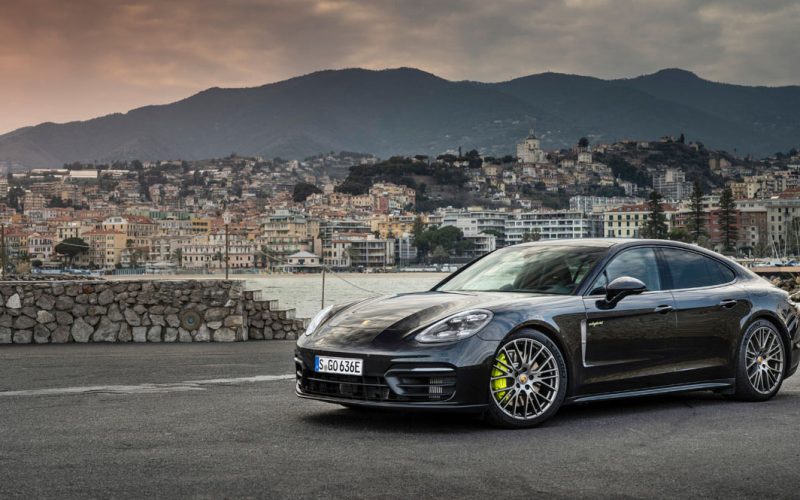
Reading Time: 2 minutesWith electric-only mobility ranging from 30 to 50 kilometres, most plug-in hybrid buyers won’t be expecting
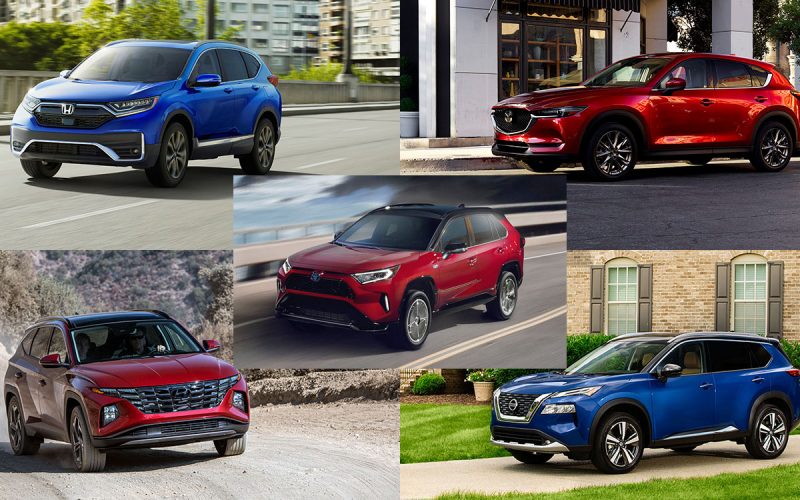
Reading Time: 12 minutesThere’s no hotter segment in today’s car market than the compact crossover SUV. Having started in
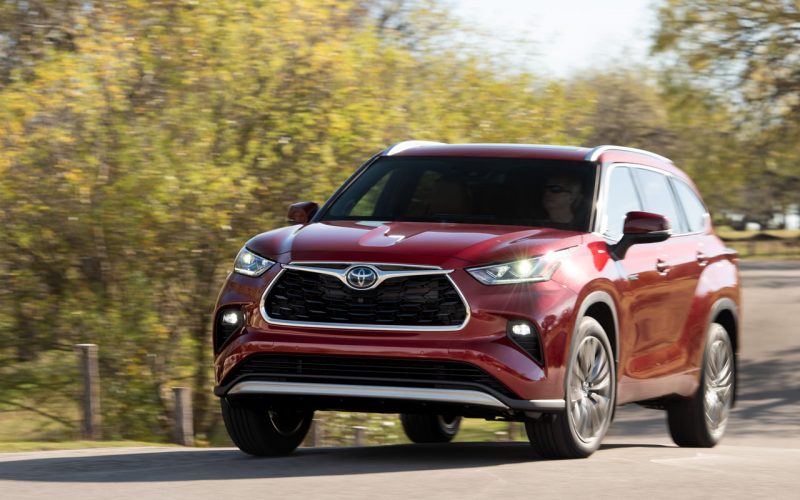
Reading Time: 3 minutesNo other automaker has sold more hybrid electric vehicles than Toyota, the brand having initiated the
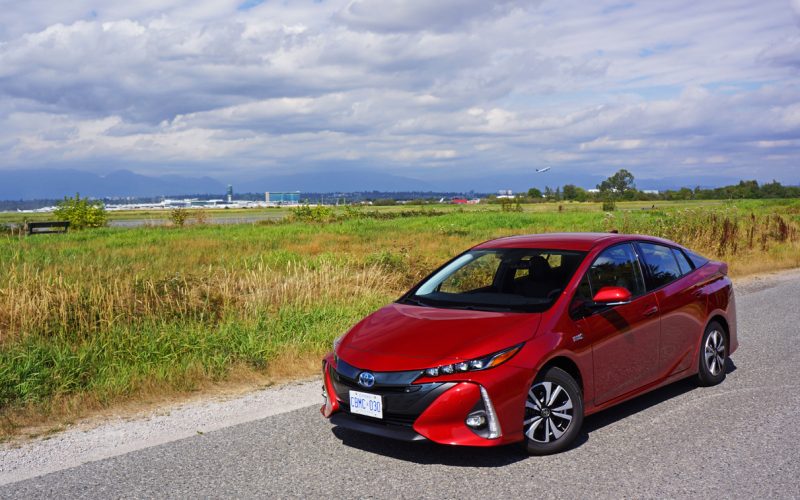
Reading Time: 10 minutesWell, I’ve done my cursory scan of Toyota Canada dealer websites, and yes in fact there
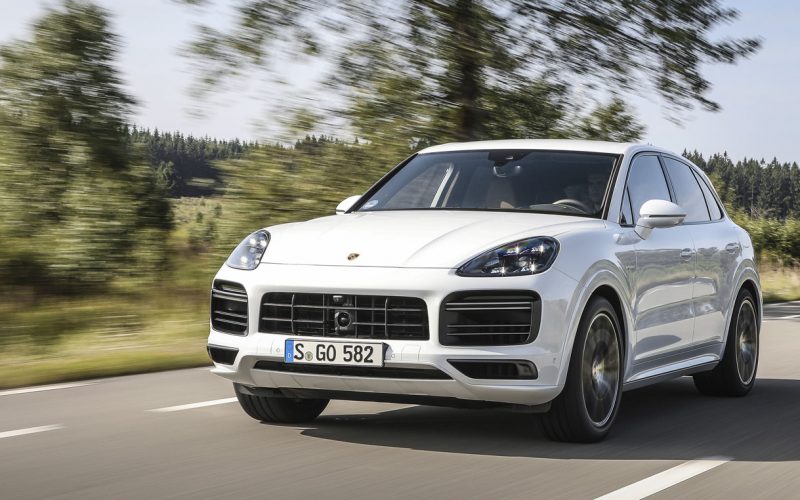
Reading Time: 4 minutesPorsche’s entirely redesigned third-generation Cayenne only just arrived on the scene as a 2018 model, but
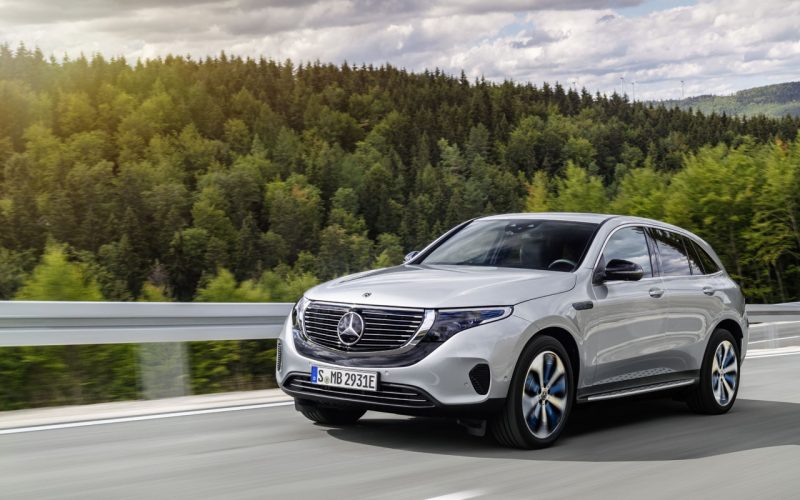
Reading Time: 4 minutesMercedes-Benz parent Daimler AG has announced that it will offer a carbon-neutral model lineup by 2039,
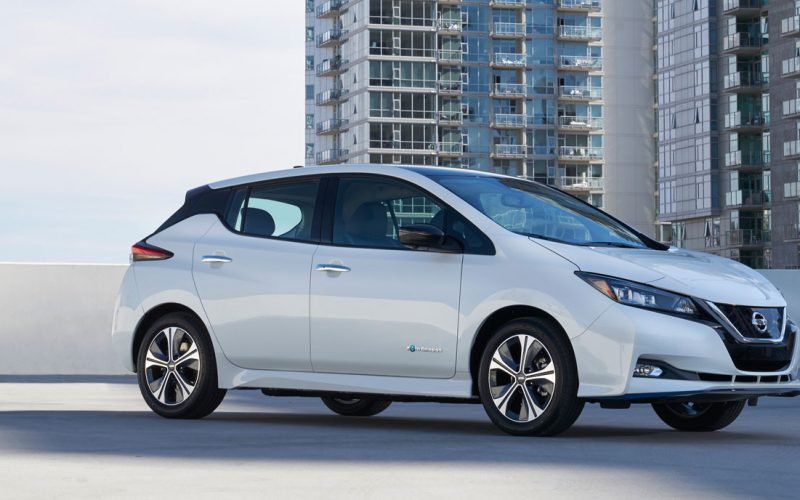
Reading Time: 7 minutesAsk most Canadians to name an electric car and Toyota’s Prius will more often than not
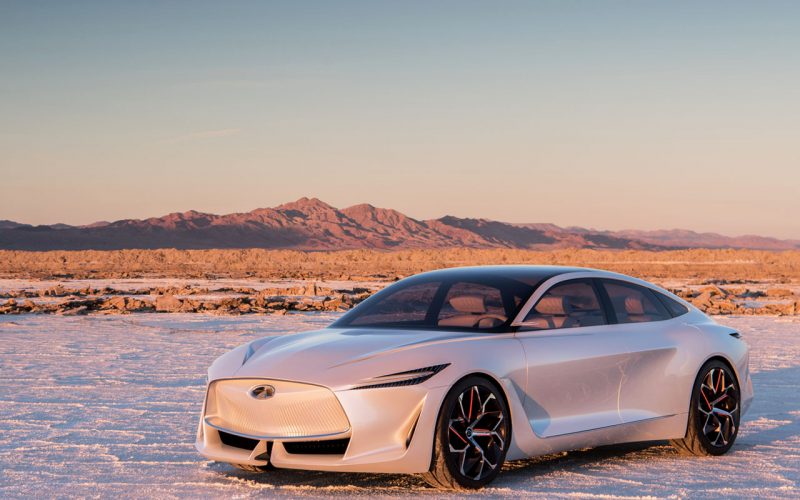
Reading Time: 4 minutesInfiniti has been electrifying its luxury car lineup since 2011, but so far it hasn’t gone
© 2025 The Car Magazine. All Rights Reserved, Privacy Policy | Terms of Use